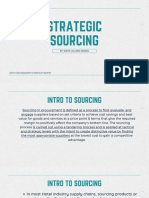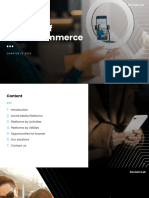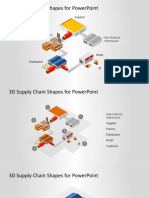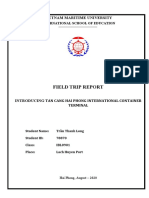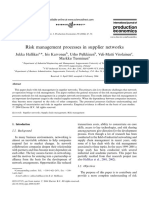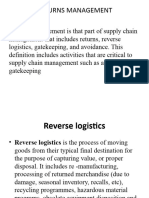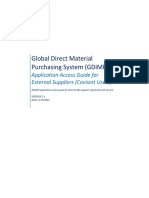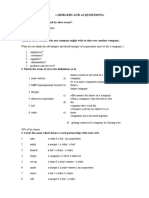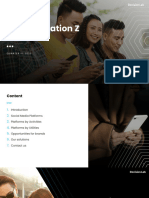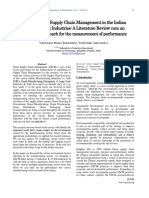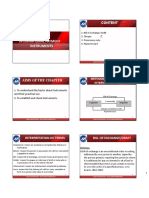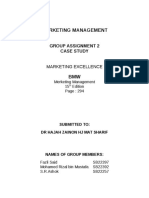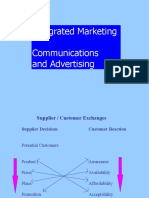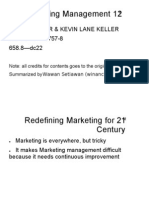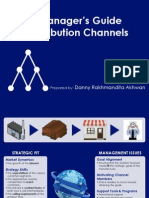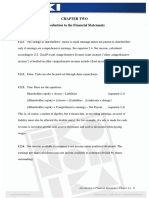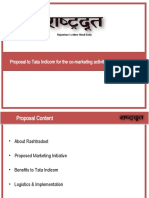0% found this document useful (0 votes)
56 views56 pagesAnalyze Some Sourcing Methods: CLASS: 010441600556 - SCM Group: 1
The document provides an overview of sourcing, defining it as the process of selecting suppliers to meet a company's needs. It discusses the importance and benefits of sourcing, including cost control and risk minimization, and analyzes various sourcing methods such as traditional and strategic sourcing, as well as in-sourcing and outsourcing. Additionally, it addresses the impact of the current global context on sourcing practices, highlighting trends like diversification and technological gaps.
Uploaded by
eir.nguyen19Copyright
© © All Rights Reserved
We take content rights seriously. If you suspect this is your content, claim it here.
Available Formats
Download as PPTX, PDF, TXT or read online on Scribd
0% found this document useful (0 votes)
56 views56 pagesAnalyze Some Sourcing Methods: CLASS: 010441600556 - SCM Group: 1
The document provides an overview of sourcing, defining it as the process of selecting suppliers to meet a company's needs. It discusses the importance and benefits of sourcing, including cost control and risk minimization, and analyzes various sourcing methods such as traditional and strategic sourcing, as well as in-sourcing and outsourcing. Additionally, it addresses the impact of the current global context on sourcing practices, highlighting trends like diversification and technological gaps.
Uploaded by
eir.nguyen19Copyright
© © All Rights Reserved
We take content rights seriously. If you suspect this is your content, claim it here.
Available Formats
Download as PPTX, PDF, TXT or read online on Scribd
/ 56
